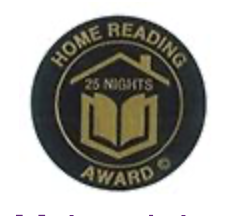LLED 469: Learning Log 1b
From Module 9: Prompt : Give it a try. Using the Essential questions - desired understanding figures above, demonstrate your learning of: concept categories to EQs and EQs from desired understandings You can replicate the charts or create a poster or graphic. Format is your choice. Use tech tools if you like. Module 9 Essential Questions by Amy Yoshimaru From Module 7: Prompt : As a synthesis of the First Peoples Principles of Learning, criteria for authentic texts and Indigenous ways of knowing, compile/create a short annotated listing of resources on a particular focus or idea. Be as creative and visual as you like and try to include multiple variations of "text".


